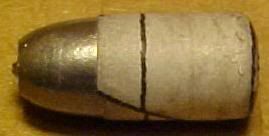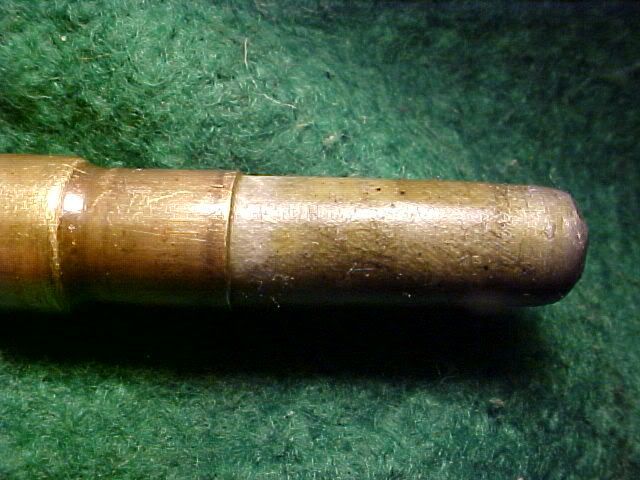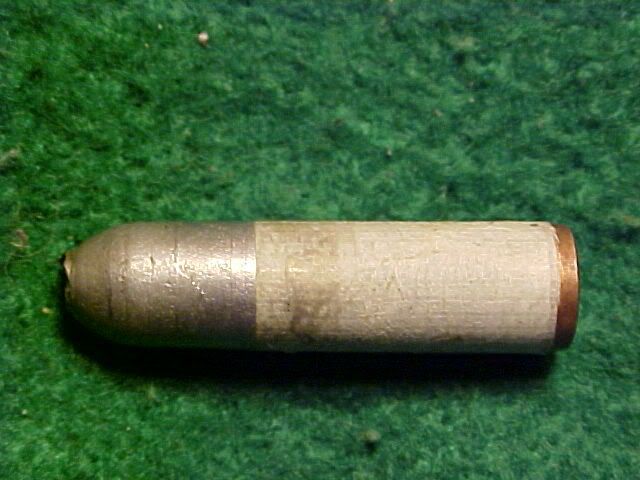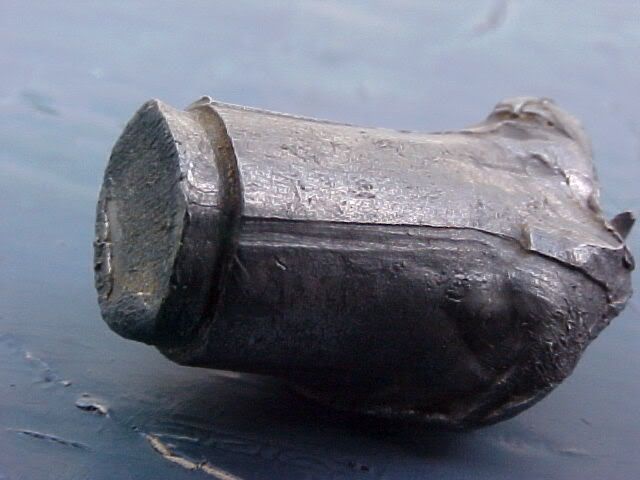Well, not knowing what the hell I am doing ..... this is my first ever patched bullet.
From the mould
Patched, lubed and loaded
Recovered bullet!!!
Primer to show good pressure (Zero leading or fouling of any sort in the bore!)
PS That's a 30 year old case that's still going strong! Used exclusively in a 107 year old rifle!

|
   
   
|


|



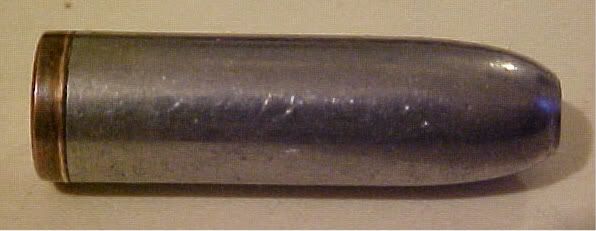
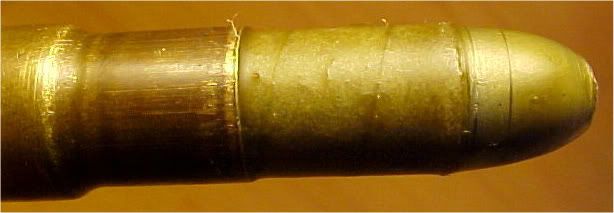

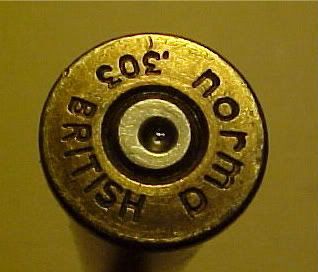

 Reply With Quote
Reply With Quote






